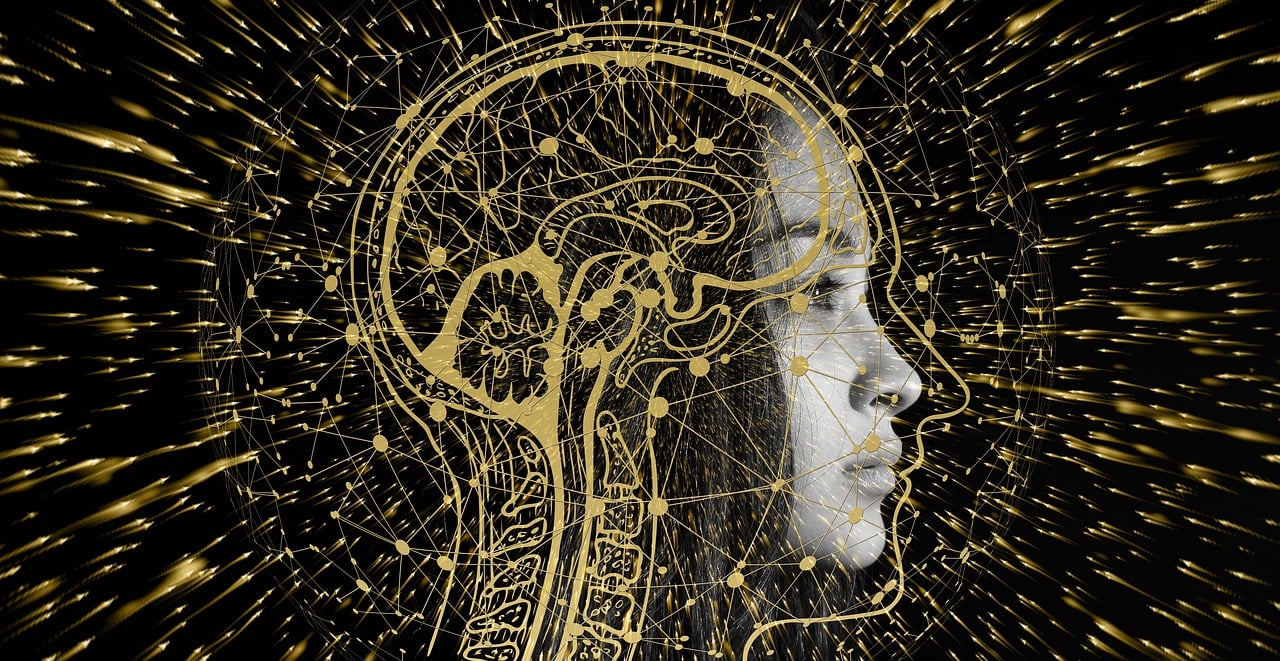No matter whether tonsil or appendectomy or the straightening of a fracture – this is usually done under general anesthesia. But what was not known until now is: general anesthesia changes the brain.
General anesthesia makes surgery easier – not only for the doctor but also for the patient. Those who are afraid of surgery often want general anesthesia so they don’t experience any of it.
Until now, it was assumed that our nervous system, and thus the brain, is “switched off” for a short time during a general anesthetic, and everything continues as before. But a new study shows, according to Heute, that this is most likely not the case. Austrian scientists have now demonstrated that important cells in the brain change as a result of the anesthetic.
In a study by researchers from Lower Austria led by Sandra Siegert, the different forms of immune cells in the mouse brain were recorded for the first time. The so-called microglial cells are responsible for fighting pathogens in the brains of mice – just as they do in the human brain.
In the resting state, the microglial cells form a defence network stabilizing the brain. If danger is imminent due to an injury or disease of the brain, they dissolve this network and start fighting the problem by releasing cytotoxins. In this tightly controlled defence process, only as much toxin is released as is necessary to prevent the brain tissue from being destroyed.
Particularly striking in the study published in Nature Neuroscience: The microglial cells are surprisingly bright, fighting Alzheimer’s disease differently in male and female mice, for example.
The effects of general anesthesia
What is surprising, however, are the effects of general anesthesia in rodents: because in the fight against the anesthetic, the microglial cells change permanently. They take irreparable damage! “We already knew from previous work that it has dramatic effects,” says the researchers.
The microglia suddenly begin to remove a structure that stabilizes the brain’s neuronal connections.
Specifically, it’s the effects of the anesthetic ketamine. This is used mainly in veterinary medicine and, in some cases, in human medicine. However, it must be dosed ten times more in mice than in humans due to their faster metabolism.
Local vs. general anesthesia
Anesthetics inhibit certain receptors in the nerve pathways. As quarks.de explains, a local drug only paralyzes the nerves in the treated area. These recover quickly; moreover, a local anesthetic is generally considered gentler on the body. The new findings may support this assumption.
So far, no conclusive studies have been conducted to determine whether the study results can be transferred one-to-one to humans.
- source: gentside.de/picture: Bild von Gerd Altmann auf Pixabay
This post has already been read 3672 times!



